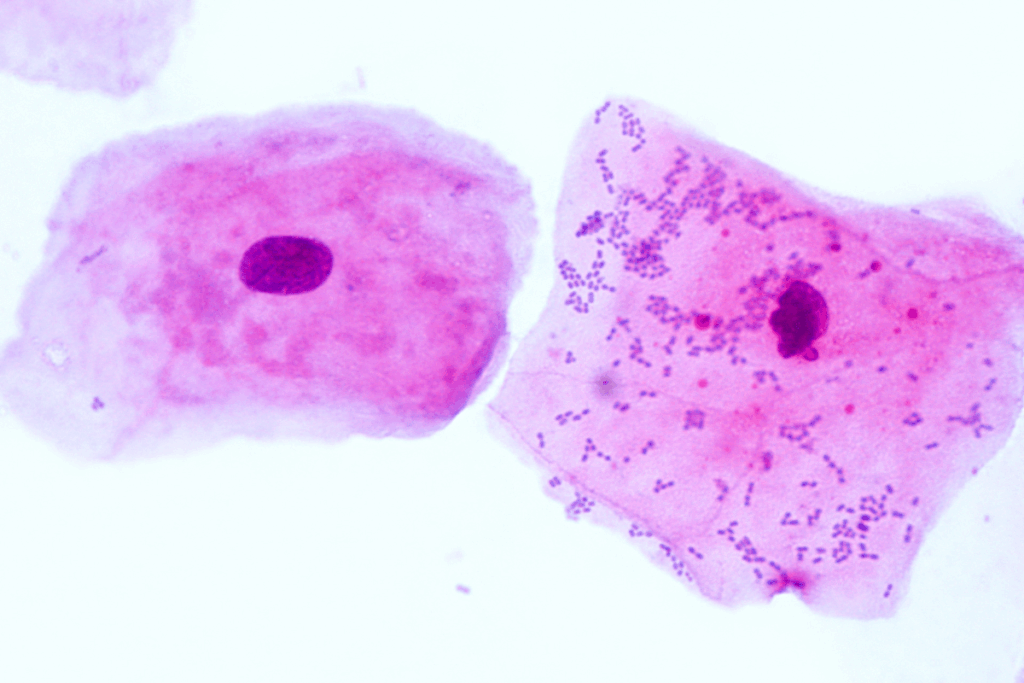
SerpinB3 or squamous cell carcinoma antigen (SCCA-1) is a serine protease inhibitor and clinical biomarker for epithelial cancers, such as those affecting the head and lung, neck, skin, and liver. Increased levels of SerpinB3 can lead to tumor progression, metastasis, and poor prognosis. Traditionally linked cancer-promoting processes like immune evasion and apoptosis resistance have a precise physiological role in healthy tissue, but their role remains unclear. Recent evidence suggests that SerpinB3 participates in lysoptosis regulation, which is related to therapy resistance, but it does not clarify its function in non-cancerous conditions.
The aim of this study was to evaluate the physiological role of SerpinB3 in epithelial tissue repair and explore how expression and activity contribute to wound healing processes. It proposed that SerpinB3 regulated epithelial regeneration by inducing the epithelial-to-mesenchymal transition (EMT)-like alterations, which facilitate cell migration and tissue repair after injury.
This study used both in vivo and in vitro models to evaluate the role of SerpinB3 in wound healing. Transcriptomic analyses were performed on wounded mouse skin that was treated with silk fibroin gold nanorod dressing, revealing strong induction of Serpinb3a, the ortholog of SerpinB3. Public RNA-seq datasets and single-cell analyses confirmed that Serpinb3a expression occurs specifically in activated keratinocytes near the wound areas. Protein expression was validated by using immunohistochemistry and Western blotting. Functional studies were conducted by overexpressing SerpinB3 in human HaCaT keratinocytes and treating cells with recombinant Serpinb3a to see effects on EMT markers, morphology, and migration in scratch assays. In vivo experiments in mice evaluated wound closure rate and collagen remodeling after recombinant Serpinb3a treatment.
Results showed that SerpinB3/Serpinb3a is upregulated after epithelial injury in both human and mouse models. Serpinb3a expression increased early after injury in wounded skin and localized to the migrating epidermal tongue and decreased upon wound closure. Overexpression of SerpinB3 in keratinocytes led to an increase in E-cadherin, elevated nuclear pSTAT3, and consistent morphological changes with an EMT-like phenotype. It enhanced epithelial migration and significantly accelerated wound closure when treated with recombinant Serpinb3a. The effects were comparable to epidermal growth factor (EGF). Serpinb3a-treated wounds showed improved collagen organization and restoration of normal basketweave architecture without changing fibroblast activation.
These findings identify that SerpinB3 is an endogenous mediator of epithelial wound repair, which acts on both intracellular and extracellular mechanisms to enhance keratinocyte migration and tissue regeneration. The ability to induce EMT-like changes suggests a physiological role in transient epithelial plasticity required for wound closure. Reactivation of SerpinB3 in cancer, chronic wounds, and inflammatory skin diseases may represent an aberrant extension of this normal repair program. Understanding the integration of SerpinB3 with key signaling pathways like TGF-β, EGF, and Wnt can give new therapeutic targets and information. This study reframes SerpinB3 as a basic cancer biomarker to a fundamental regulator of epithelial homeostasis and repair and highlights its potential as a target for therapies that enhance wound healing or modulate epithelial disease progression.
Reference: Yaron JR, Pallod S, Nezhadi S, et al. Squamous cell carcinoma antigen-1/SerpinB3 is an endogenous skin injury response element. Proc Natl Acad Sci U S A. 2025;122(43):e2415164122. doi:10.1073/pnas.2415164122











